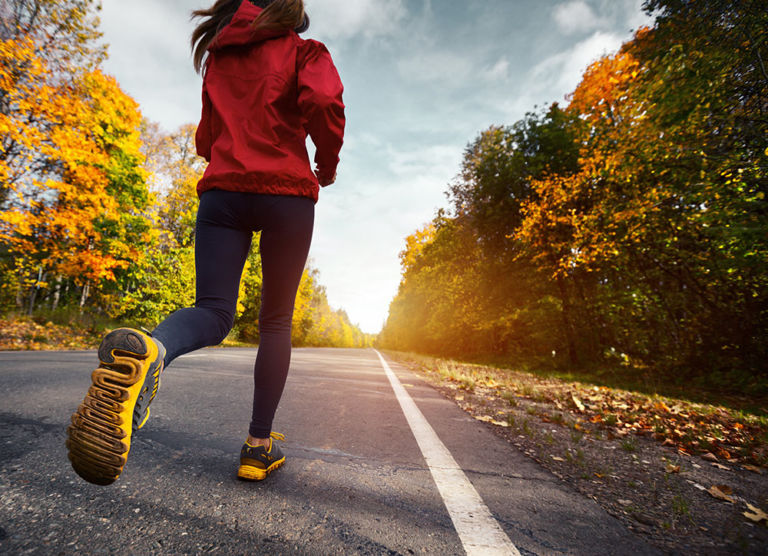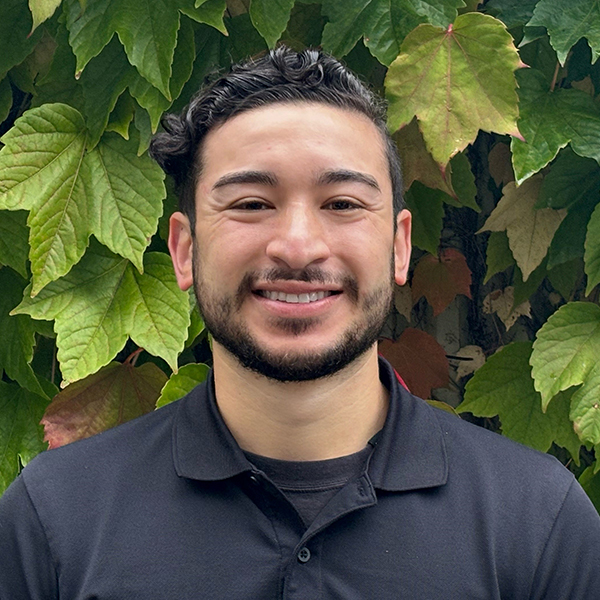Thank you for reaching out with your question. Based on your description, it sounds like you might be experiencing shin splints, also known as medial tibial stress syndrome. Shin splints are characterized by pain or tenderness along or just behind the large bone (tibia) in the lower leg and are common among runners and athletes. This condition is often caused by factors such as a sudden increase in exercise intensity or duration, running on uneven or hard surfaces, and using unsupportive footwear.

There are many muscles involved in force distribution during running and other dynamic activities. Certain exercises target many of the muscles in the lower leg and will strengthen them while also helping to decrease your pain. Additionally, you can also try ice or ice cup massage over the front of your leg, which can decrease inflammation and alleviate some of your pain.
Initial steps to address shin pain:
- Exercise Recommendations:
- Toe Raises (Standing): Stand with feet hip-width apart and raise your toes off the ground, keeping your heels planted. Repeat 3 sets of 15-20 reps.
- Heel Walks: Walk on your heels for about 30-45 seconds. Repeat 3 times.
- Heel Raises: Stand on the edge of a step with your heels hanging off. Raise up onto your toes and slowly lower back down. Perform 3 sets of 15-20 reps.
- Bent Knee Heel Raises: Similar to heel raises but with slightly bent knees. Perform 3 sets of 15-20 reps.
- Dorsiflexion Pulls with Band Resistance: Sit with legs extended and loop a resistance band around your feet. Pull your toes toward you against the band’s resistance. Repeat 3 sets of 15-20 reps.
- Foam Rolling the Shins: Use a foam roller on the front of your legs to help release muscle tension. Apply pressure you can tolerate and gradually increase it.
- Additional Treatments:
- Ice or Ice Cup Massage: Apply ice to the front of your legs for about 15-20 minutes after running to reduce inflammation and pain.
For visual guidance on the exercises and treatments listed here, check out these YouTube videos:
While the above exercises and treatments can help, it is important to understand that without an individualized assessment of hip, knee, foot, and ankle, you will not be able to determine the exact cause of your shin pain. By getting to the root of the problem, PTs can develop a customized plan to reduce or eliminate your pain while helping you achieve your goals of long-distance running.
Additionally, the fact that your pain is more intense in one leg than the other could indicate an imbalance or an asymmetry in your biomechanics. This might be due to several factors, such as differences in leg length, muscle strength, or flexibility, as well as running form discrepancies.
A physical therapist can perform a detailed biomechanical assessment to identify any discrepancies between your left and right leg. This can include analyzing your running gait, assessing muscle strength and flexibility, and examining joint function.

Top 2 Tips for avoiding shin splints
- Gradual Progression: When starting an activity like running, it is best to gradually increase your time, distance, and intensity to avoid injuries. A physical therapist can assess your readiness for running by evaluating your ability to perform specific exercises without pain and with proper form. Key exercises include single-leg heel raises, single-leg hopping, single-leg squats, static forward and side planks, and single-leg bridges. Successful completion of these exercises without pain and with proper form indicates you are safe to start running. If you cannot do these tasks due to weakness or pain, then a physical therapist can design a specific home program to accommodate the current level of function and work up to readiness for running.
- Graded Introduction: If you are ready to start running, a graded introduction is still important to be able to tolerate longer distances, increased speed, or frequency without overuse injury. Begin with a walk/run program, such as running for 1 minute and walking for 4 minutes, repeated for 30 minutes. Once you can complete the initial phase without symptoms during at least three sessions, progress to running for 2 minutes and walking for 3 minutes Continue this progression until you reach your desired running time/distance.
If you are still having shin pain after utilizing these exercise and treatment options regularly, we recommend seeing a physical therapist to further assess your situation. Through a thorough evaluation, a PT can determine the primary cause of your pain and provide individualized exercises and modalities to achieve your health and fitness goals.
We hope this helps, and we wish you a swift recovery and many enjoyable runs ahead!

Start your PT journey today.
From injury recovery to achieving optimal performance, our passion is to help every patient reach their goals and live an active, pain-free life.




